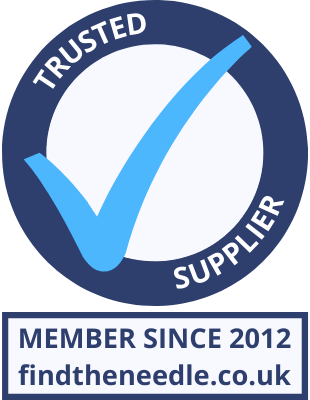 Add My Company
Add My Company
Sign In
The Power of Purchasing
22-07-2018

Purchasing manager, Nigel Starkey, sales and marketing director, Nick Jones and lead buyer, Jack Clews, explain how purchasing lies at the heart of contract electronics manufacturer, WPS's offering.
Q) What part does the purchasing team play in assisting new clients?
Nigel Starkey: When a potential new client asks WPS to provide a quotation including sourcing components, we use our powerful SAP system to quickly and accurately cross reference customer part numbers and calculate costs. Calculations for all parts are based on sourcing from authorised franchised distributors, which is essential in assuring the integrity and traceability of components.
At this point, we can illustrate options for best cost or best lead-time, or the most appropriate compromise of the two, depending on the customer’s priorities. Where appropriate, we suggest suitable alternative parts, which may be more cost effective, more readily available or carried as a stock item at WPS, as well as highlighting any parts which are subject to minimum order or package quantities. We really welcome a dialogue with clients during this process, which helps to build confidence in the relationship from the outset.
Nigel Starkey
Purchasing manager, Nigel Starkey
Q) What input does the buying team have on component selection?
Nigel Starkey: The buying team provides support by suggesting suppliers of components and arranging samples for new designs. It can also flag up long lead-time parts and budgetary costing.
Q) What happens when EOL situations arise and how are clients notified?
Jack Clews: WPS only buys from official franchised component distributors, which ensures we receive formal automated parts change notification from the supplier regarding any obsolescence, last time buy or allocation issues. We immediately run reports via our SAP system, which will identify any customers affected, including specific bill of materials. Customers are advised and presented with options to secure stock or consider suggested alternative parts. As a matter of routine, WPS places a system flag nearer the LTB date, at which point another reminder is circulated, so that deadlines are not missed.
Q) How are quotations for a new client calculated?
Nick Jones: Calculating assembly costs for a quotation is not simply a matter of counting the number of component placements. We also consider the technology and complexity of the assembly process, with different cost implications for surface mount, automated through-hole, mixed technology, single/double sided or hand assembly. Batch size can also make a difference. Surface mount and bare PCB costs, for example, are particularly affected by quantity, as set-up costs are amortised over the batch size.
Lead-time is another factor. If a fast turnaround is needed, and parts are readily available, it may be necessary to pay a premium for a reduced PCB lead-time. WPS will also account for quality considerations, such as which class of IPC-A-610 manufacturing standard is called for and calculate any tooling or non-recurring expenses.
Calculating assembly costs is not simply a matter of counting the number of component placements.
Finally, we would look at any additional requirements following PCB assembly such as box build, test and programming or environmental testing and thermal cycling. Costs here could also include environmental protection, such as conformal coating and encapsulation and any packaging or delivery requirements, as well as taking into account whether any of these requirements need to be outsourced.
Q) Is the WPS buying team experiencing extended lead times?
Jack Clews: The nature of the component industry is volatile and constantly changing in light of shifting geopolitical conditions. It can be tempting for buyers to shop around and buy a hard to find part from unknown sources but this is very short sighted and adds avoidable risk to the supply chain. WPS is kept up to date with any significant changes in lead times and we share this with our customers. This enables us to act swiftly, if necessary securing and providing buffer stocks of materials from our preferred franchised suppliers.
Q) How has WPS managed its preferred supplier list over the last 24 months?
Nigel Starkey: WPS always seeks to ensure continual improvement in value and service while also minimising risk to the business. This is achieved by continually developing relationships with a rationalised supply base. We embrace a strategy of continuous improvement with existing, new, worldwide and UK suppliers.
Contract Electronics Manufacturer
Q) How has the purchasing team’s role changed in the last five years?
Nigel Starkey: Although each team member has a primary role and expertise in specific areas, the roles of the team have been changed significantly by implementing a cross functional departmental skill set. This enables us to easily deploy resources when and where needed in response to constantly shifting constraints and priorities.
Q) How do component manufacturers and distributors support the WPS buying team?
Nigel Starkey: We strive to maintain strong and robust relationships with our preferred authorised component distributors. This enables us to stay ahead of technological trends, lead times and product developments, whilst maintaining a competitive edge. WPS believes this sets the foundations for successful product builds and delivers a strategic advantage to customers.
In the future, I believe it’s crucial for suppliers to remain switched on to constantly changing lead times, product developments and of course worldwide economic influences. Taking a forward planning approach and being prepared for the changes, rather than adopting a wait and see policy, helps optimise the stability of future costs and ultimately the availability of customers’ products.
For more information on The Power of Purchasing talk to Wilson Process Systems
Enquire Now
More Press Releases and Articles
List your company on FindTheNeedle.

